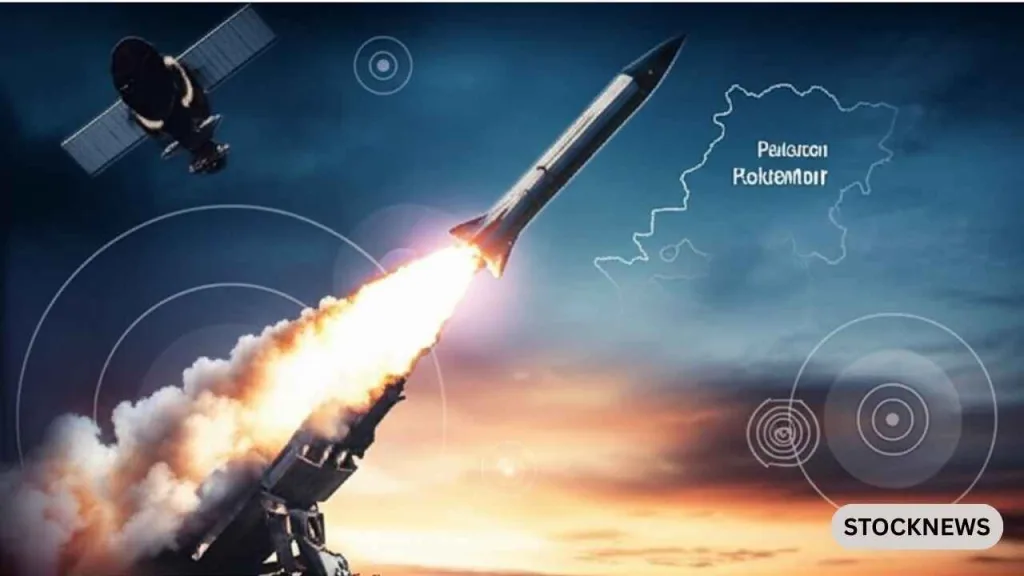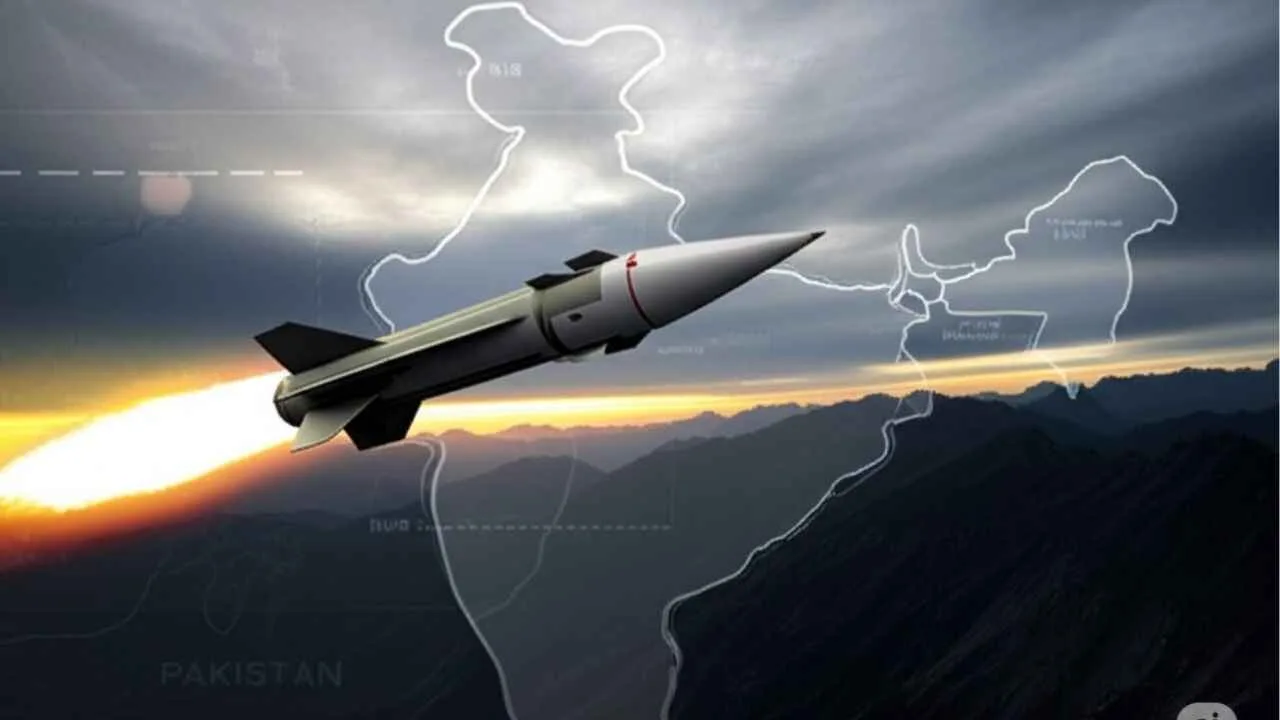New Delhi – The Indian government and military have jointly affirmed that Operation Sindoor—a high-stakes counter-terrorism campaign launched in response to the April 22 terror attack in Pahalgam—is not only ongoing but is entering a more complex and strategic phase.
Initially marked by a flurry of military actions on April 8, 9, and 10, the operation raised widespread expectations among the public and military veterans alike. Many believed it signaled the beginning of the end for terror infrastructure in Pakistan-occupied Kashmir (PoK). However, after inflicting significant damage on terrorist bases and select military targets, India paused direct aggression following a ceasefire appeal from Pakistan during a Director General of Military Operations (DGMO) meeting.
This decision triggered intense debate across India. Critics questioned the rationale behind accepting the ceasefire, arguing it might give Pakistan time to regroup. However, senior defense analysts and government insiders now suggest a deeper strategy is at play.
A Larger Conspiracy Unfolds
Sources within the security establishment assert that the April 22 attack was not an isolated event, but rather part of a broader geopolitical conspiracy involving Pakistan, China, and, allegedly, elements within the United States. According to high-level intelligence, this attack—where Hindu civilians were reportedly targeted based on their religion—was designed to provoke an impulsive Indian military reaction. The goal: to trap India in an international quagmire, potentially triggering widespread civil unrest within its own borders.
Security agencies reportedly uncovered plans involving sleeper cells, embedded operatives, and sympathizers within Indian media and civil society, ready to stoke internal tensions should India retaliate too forcefully. Some of these operatives, intelligence officials say, were foreign nationals with legal residence in India, while others were allegedly on the payroll of external intelligence agencies.

India’s Multi-Pronged Response
Recognizing the complexity of the threat, the Indian government opted for a calibrated, multi-dimensional strategy rather than a single, high-voltage military offensive. Defense Minister Rajnath Singh authorized an emergency allocation of ₹40,000 crore—above the regular defense budget—to bolster India’s strike capabilities under Operation Sindoor.
This emergency funding is earmarked for precision weapons including the BrahMos supersonic missile, Crystal Maze II, Rampage, SPICE-2000, SCALP, and HAMMER missiles. These systems, praised for their high accuracy and stand-off range, align with India’s evolving strategy of leveraging advanced technology to neutralize threats without physically crossing international borders.
“India’s missile capabilities have reached a stage where surgical precision strikes can be launched from within Indian territory,” said a senior defense official, emphasizing that superior satellite surveillance and space-based targeting systems are now integral to modern Indian military doctrine.
Global Diplomacy in Parallel
In a coordinated diplomatic offensive, the Ministry of External Affairs dispatched a bipartisan delegation of Members of Parliament—including vocal critics of Prime Minister Narendra Modi—to Islamic and Western nations to counter anti-India narratives and expose the global roots of terrorism. The delegation includes representatives from the Congress, TMC, RJD, and even CPI(M), underscoring a rare moment of political unity in matters of national security.
“By sending opposition MPs as well, the government is signaling to the world that India stands united against terrorism, regardless of internal political differences,” said a senior foreign policy analyst.
This outreach aims to build consensus in the global south and Islamic world, where Pakistan has historically sought support. Foreign Minister S. Jaishankar previously warned nations not to interfere in India’s internal affairs, asserting that India will retaliate decisively against terrorism while respecting international norms.
Allegations Against the U.S. and Trump
Adding to the diplomatic intrigue are fresh revelations concerning former U.S. President Donald Trump’s alleged ties with controversial figures. According to reports emerging from Washington, Trump allegedly engaged with Ahmed al-Shara—a known Al-Qaeda affiliate under sanctions—and eased restrictions on him, prompting concern among Indian officials about America’s inconsistent posture on terrorism.
Further controversy arose when two individuals with past links to the Lashkar-e-Taiba were reportedly appointed to a U.S. advisory board. Indian intelligence officials view these appointments with alarm, arguing they send a troubling signal amid ongoing counter-terror operations.
Internal Clean-Up Operations
Domestically, the government has intensified crackdowns on suspected terror sympathizers. The National Investigation Agency (NIA) has carried out near-daily raids, resulting in the arrests of several individuals believed to be aiding foreign intelligence efforts or inciting communal unrest. Simultaneously, the Ministry of Home Affairs has accelerated the identification and deportation of illegal migrants, especially Rohingyas and Bangladeshi nationals flagged for security concerns.

Preparing for the Next Phase
Observers believe that India’s multi-layered approach is a deliberate move to avoid premature escalation while preparing the battlefield—militarily, diplomatically, and domestically. The return of Indian MPs from their global fact-finding and advocacy missions is seen as a potential inflection point for the next chapter of Operation Sindoor.
Until then, the operation continues in silence—but with unmistakable intent.
“India is not only defending its borders,” a senior government advisor remarked, “it is redefining the rules of engagement, showing that restraint, when combined with resolve, can be far more powerful than reaction.”
This report is based on government briefings, intelligence sources, and verified media reports. Names and details withheld in some instances for national security considerations.
